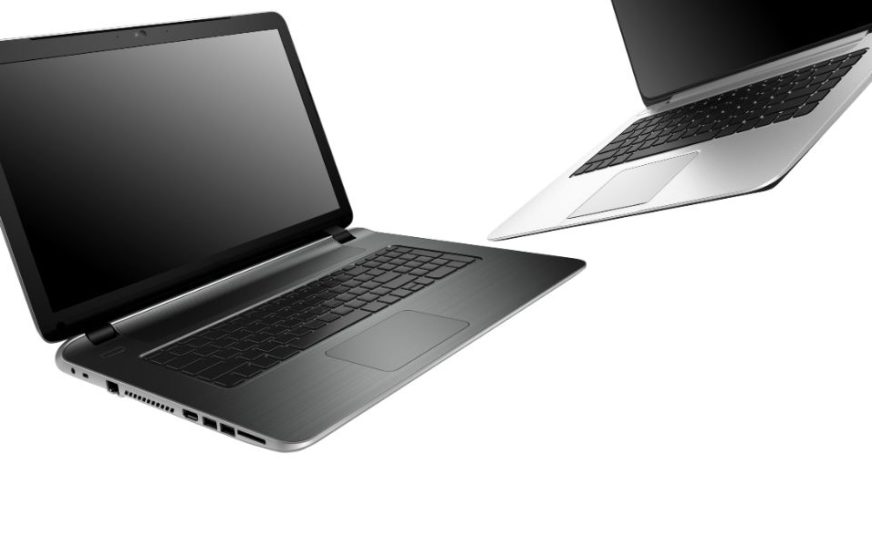In recent years, a seismic shift has occurred in the world of laptops and computers. The advent of ARM-based chips, spearheaded by Apple’s groundbreaking M1 chip, has revolutionized the industry. This paradigm shift is not only transforming the way we perceive computing power but also redefining the capabilities of laptops and computers across the board.
Unleashing the Power of ARM
The ARM architecture, which stands for Advanced RISC Machine, represents a departure from the traditional x86 architecture that has dominated the computing landscape for decades. ARM chips are designed with power efficiency in mind, making them ideal for mobile devices and, more recently, laptops and computers.
A Game-Changer for Performance
Apple’s M1 chip, powered by ARM, has set a new standard for laptop performance. With its unified memory architecture and high-efficiency cores, the M1 chip outperforms even some of the most powerful Intel and AMD processors. This leap in performance is a testament to the potential of ARM-based architecture.
Redefining Battery Life
One of the most impressive feats of ARM-based laptops is their exceptional battery life. The efficiency of ARM chips allows for extended usage without sacrificing performance. Users can now enjoy all-day computing without constantly searching for an outlet.
The Widening Horizon of Possibilities
The shift towards ARM-based laptops is not limited to Apple alone. Industry giants like Microsoft and Qualcomm are also investing heavily in this architecture, signaling a broader transformation in the computing landscape.
Windows on ARM
Microsoft’s foray into ARM-based computing comes in the form of Windows on ARM. This initiative aims to bring the power efficiency and performance benefits of ARM to a wider range of devices, providing users with a seamless and efficient computing experience.
Qualcomm’s Snapdragon Processors
Qualcomm, a leader in mobile chipsets, has been at the forefront of ARM-based innovation. Their Snapdragon processors have been integrated into a range of laptops, blurring the lines between mobile and traditional computing. The result is a new breed of devices that combine the best of both worlds.
The Future of Computing: Integration and Versatility
The rise of ARM is not only about raw power and efficiency. It’s about reimagining how devices can work together seamlessly and adapt to the needs of users.
Ecosystem Integration
Apple’s M1 chip exemplifies the potential for seamless integration across a device ecosystem. From laptops to tablets and even desktops, the M1 chip ensures a consistent and fluid user experience, regardless of the form factor.
Bridging the Gap between Mobile and Desktop
ARM-based laptops are blurring the lines between mobile and desktop computing. The versatility of these devices, coupled with their impressive performance, is enabling users to accomplish tasks with a level of flexibility that was once unimaginable.
Final Words
The rise of ARM and the dominance of Apple’s M1 chip signify a new era in computing. We stand at the cusp of a technological revolution that promises to reshape how we interact with our devices. As ARM-based laptops continue to evolve, we can expect even greater strides in performance, efficiency, and integration. The future of computing has never looked more promising.
Commonly Asked Questions
1. What makes ARM-based laptops different from traditional laptops?
ARM-based laptops utilize a different architecture, known for its power efficiency. This allows for longer battery life without compromising performance, making them ideal for users on the go.
2. How does Apple’s M1 chip compare to Intel and AMD processors?
Apple’s M1 chip has demonstrated superior performance in numerous benchmarks, outclassing many Intel and AMD processors. Its unified memory architecture and high-efficiency cores contribute to its remarkable capabilities.
3. Can I run all my usual software on an ARM-based laptop?
Most popular software has been optimized for ARM architecture, thanks to the widespread adoption of mobile devices. However, it’s advisable to check compatibility for specialized or less common software.
4. Are there advantages to using ARM-based laptops beyond battery life?
Absolutely. In addition to extended battery life, ARM-based laptops often offer improved performance, seamless ecosystem integration, and versatility in form factors, blurring the lines between mobile and desktop computing.
5. What does the future hold for ARM-based computing?
The future of ARM-based computing looks promising. With industry leaders like Apple, Microsoft, and Qualcomm driving innovation, we can expect further advancements in performance, efficiency, and integration, paving the way for a new era in computing.


























